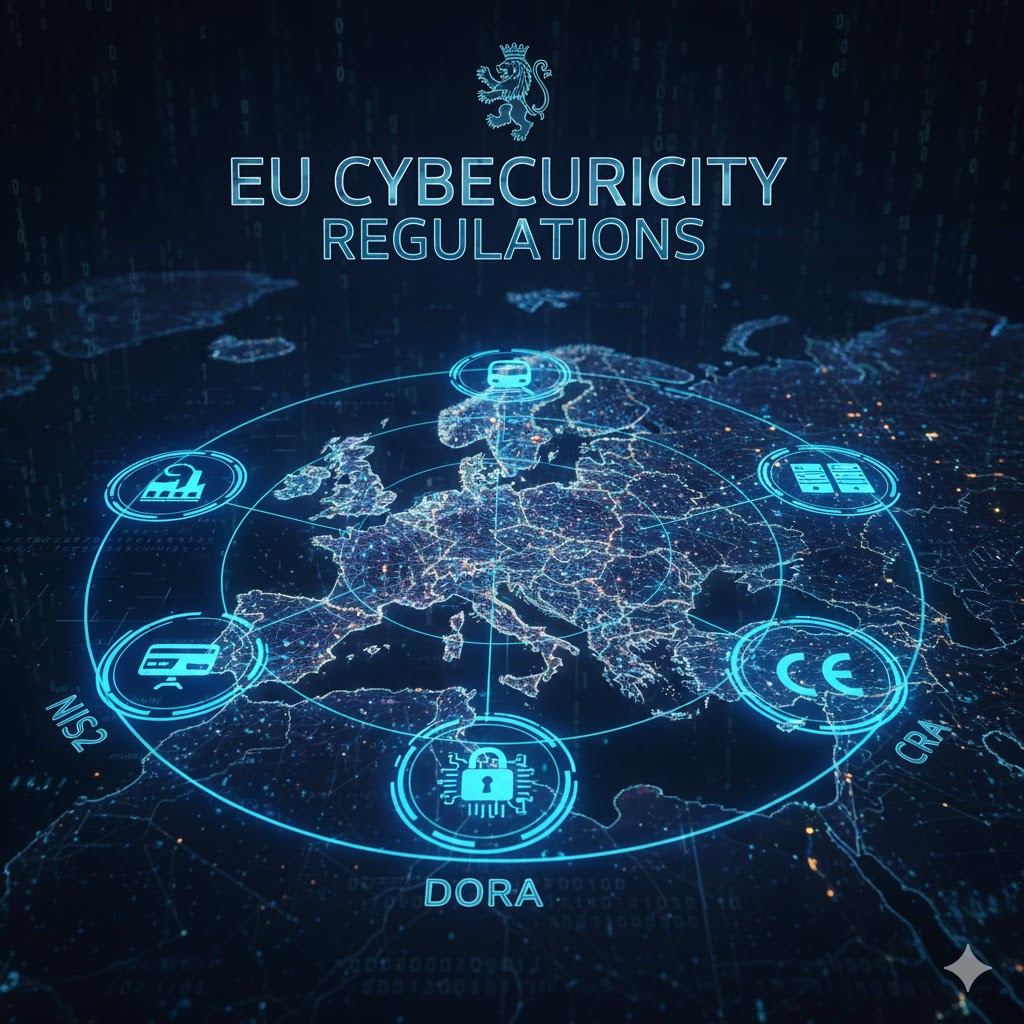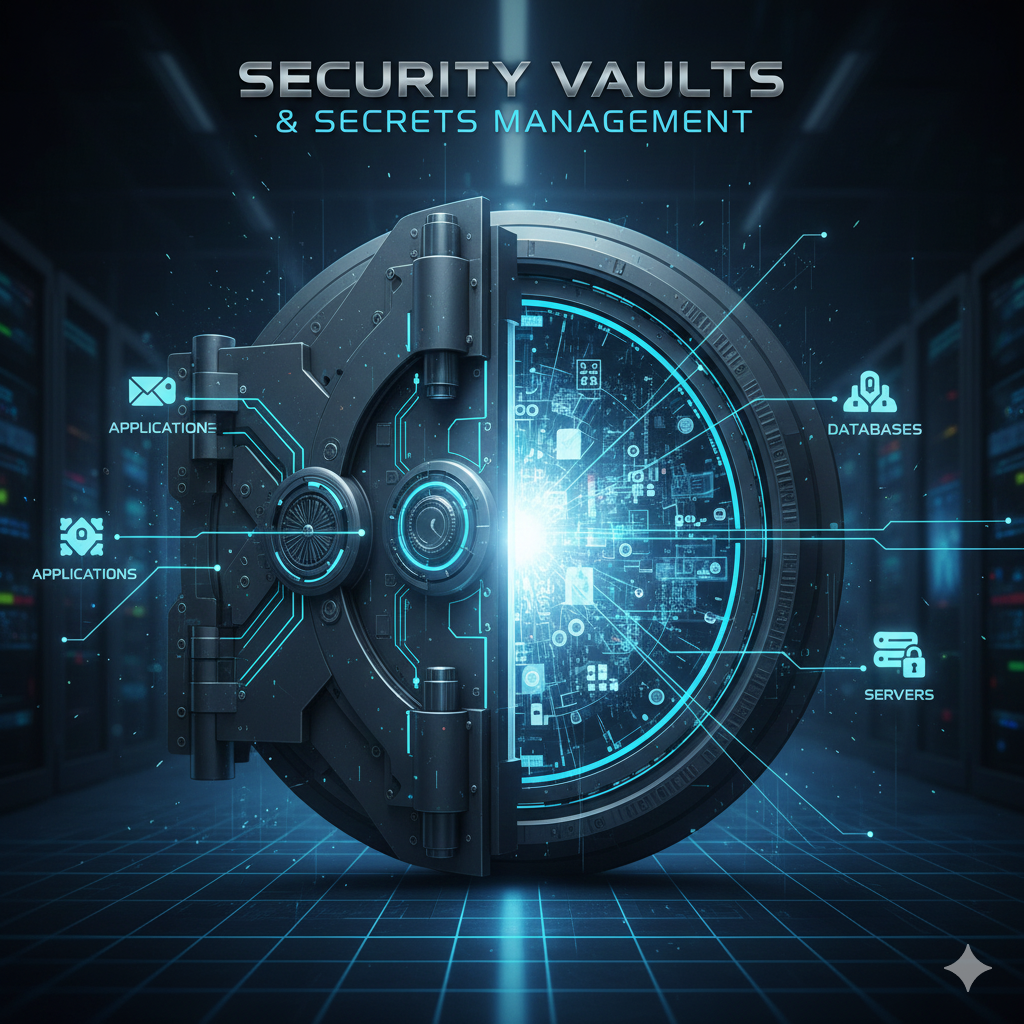☁️ Introduction to Cloud Security
Cloud security refers to the comprehensive set of policies, controls, procedures, and technologies that secure applications, data, and infrastructure in a cloud computing environment. It is a specialized branch of cybersecurity designed to protect information that is stored, managed, and accessed over the internet from internal and external threats, unauthorized access, and data breaches.
The complexity of cloud security stems from the Shared Responsibility Model. While the Cloud Service Provider (CSP)—like AWS, Azure, or Google Cloud—is responsible for the security of the cloud (the core infrastructure, hardware, and underlying network), the customer is ultimately responsible for the security in the cloud. This includes securing their data, applications, operating systems, and Identity and Access Management (IAM).
🛡️ How to Harden Cloud Security (Best Practices)
“Hardening” cloud security means reducing the attack surface and strengthening configurations to make systems more resilient against attack. The following practices are crucial for customers operating in the cloud:
1. Identity and Access Management (IAM)
This is the foundation of cloud security, as poor access controls are the top cause of cloud breaches.
- Implement Multi-Factor Authentication (MFA): Require MFA for all user accounts, especially those with privileged access. This adds a critical layer of defense against compromised credentials.
- Enforce Least Privilege: Grant users and services only the minimum permissions necessary to perform their required tasks, and no more. This limits the potential damage if an account is compromised.
- Utilize Role-Based Access Control (RBAC): Define roles with specific permissions, then assign users to those roles instead of assigning permissions directly to individuals.
2. Configuration Management and Monitoring
Misconfigurations are a leading cause of cloud data exposure.
- Automate Cloud Security Posture Management (CSPM): Use dedicated tools to continuously monitor your cloud environment for security misconfigurations, compliance deviations, and public exposure of resources.
- Harden Operating Systems (OS): Remove unnecessary programs, services, and default accounts from any virtual machines (VMs) or compute instances to reduce the attack surface.
- Regular Patching and Updates: Ensure all operating systems, applications, and third-party software are regularly patched to remediate known vulnerabilities.
3. Data Protection and Encryption
Data must be protected both when it is stored and when it is being transmitted.
- Encrypt Data at Rest and in Transit: Use strong encryption (e.g., AES-256) for all sensitive data stored in cloud services (data at rest). Use TLS/SSL for all data traveling between users/applications and the cloud (data in transit).
- Secure Key Management: Do not store encryption keys alongside the encrypted data. Use the cloud provider’s dedicated Key Management Service (KMS) to securely generate, store, and rotate cryptographic keys.
- Data Classification: Classify your data (e.g., public, internal, confidential) to apply the correct security controls based on sensitivity.
4. Network Security and Segmentation
Proper network architecture limits the lateral movement of an attacker.
- Implement Network Segmentation: Isolate different environments (e.g., development, staging, production) and different application tiers using virtual firewalls, Security Groups, or Virtual Private Clouds (VPCs).
- Explicit Firewall Rules: Define precise inbound and outbound firewall rules. By default, deny all traffic and only allow the specific ports and protocols necessary for the application to function.
- Adopt a Zero Trust Model: Operate on the principle of “never trust, always verify.” Every user, device, and application attempting to access a resource must be authenticated and authorized, regardless of whether it is inside or outside the traditional network perimeter.




